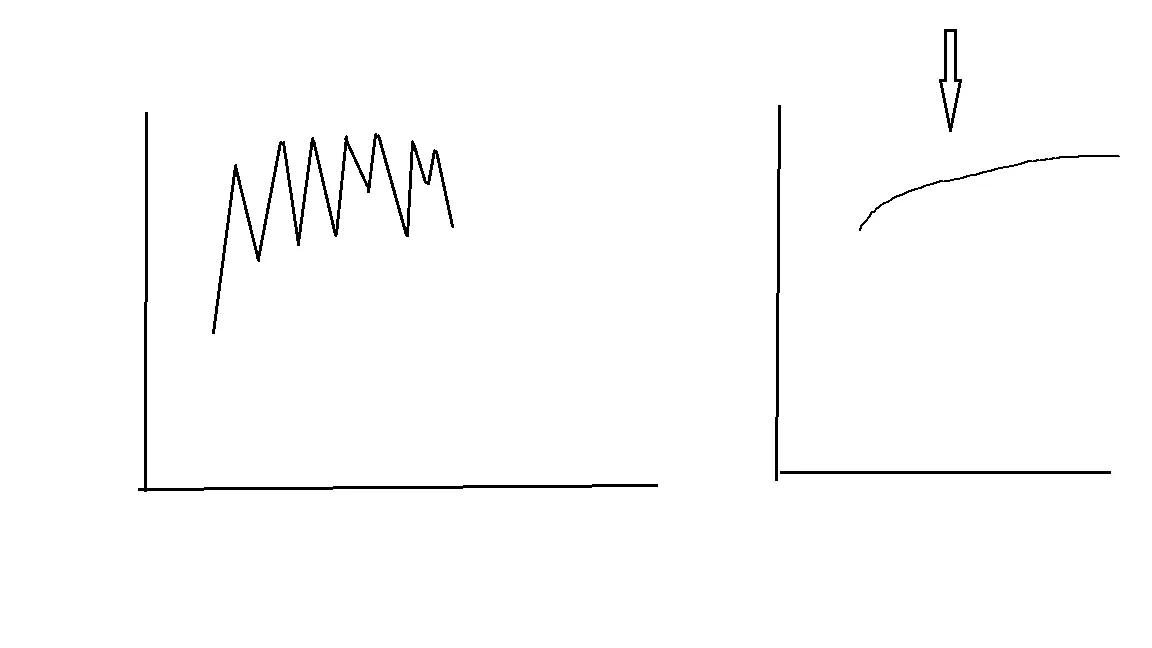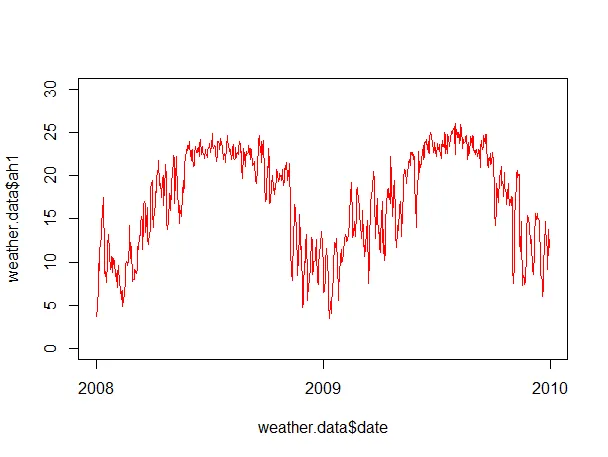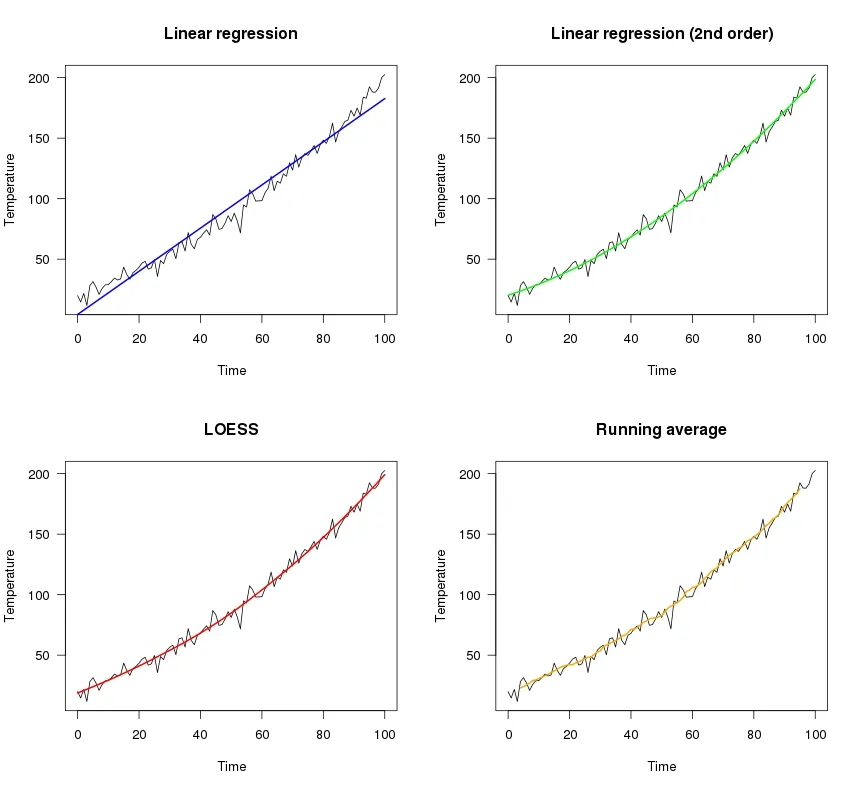现在我有一个大的数据集,其中温度一直在上下波动。
我想平滑我的数据,并绘制所有温度的最佳拟合线。
以下是数据:
weather.data
date mtemp
1 2008-01-01 12.9
2 2008-01-02 12.9
3 2008-01-03 14.5
4 2008-01-04 15.7
5 2008-01-05 17.0
6 2008-01-06 17.8
7 2008-01-07 20.2
8 2008-01-08 20.8
9 2008-01-09 21.4
10 2008-01-10 20.8
11 2008-01-11 21.4
12 2008-01-12 22.0
直至2009年12月31日,等等......
我目前的图表如下所示,我的数据符合运行平均或loess回归的曲线:
然而,当我试图用运行平均来拟合它时,它变成了这个样子:

以下是我的代码。
plot(weather.data$date,weather.data$mtemp,ylim=c(0,30),type='l',col="orange")
par(new=TRUE)
有人可以帮我一下吗?
(内容涉及IT技术)
